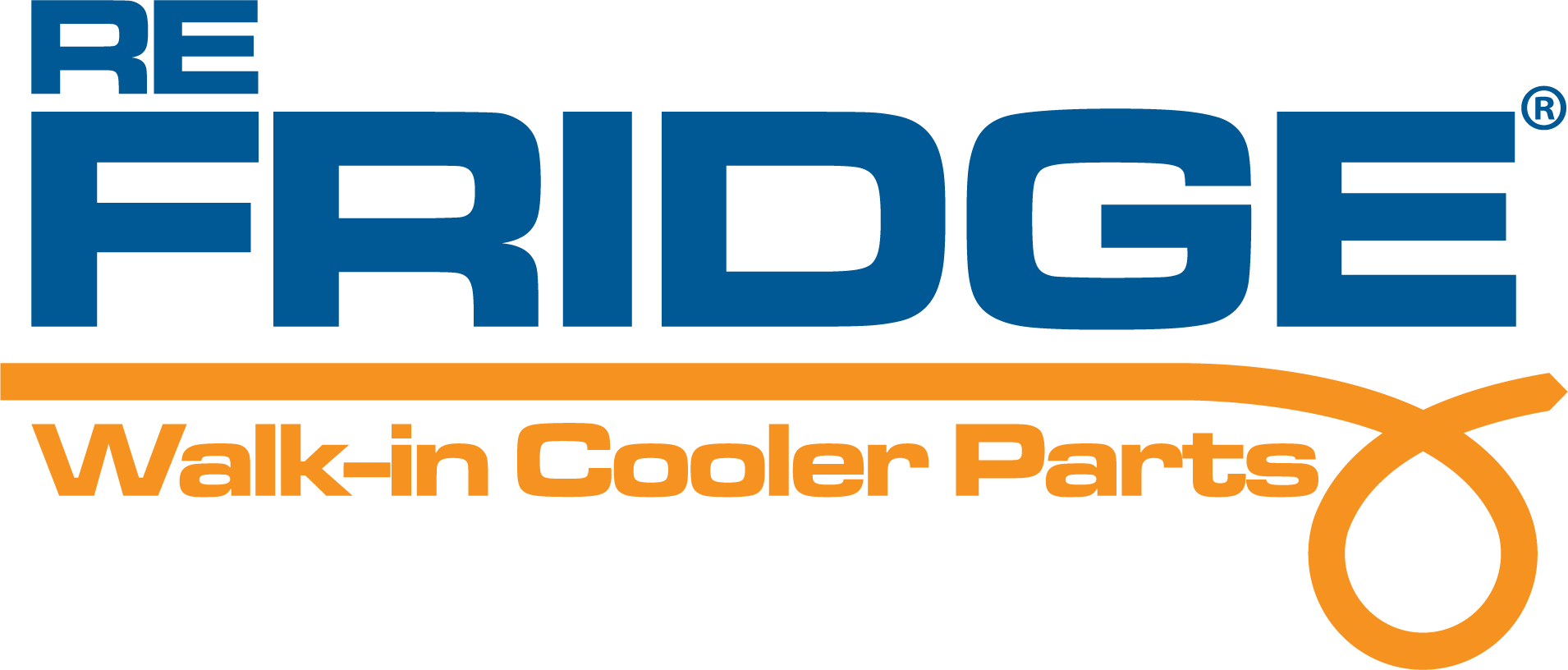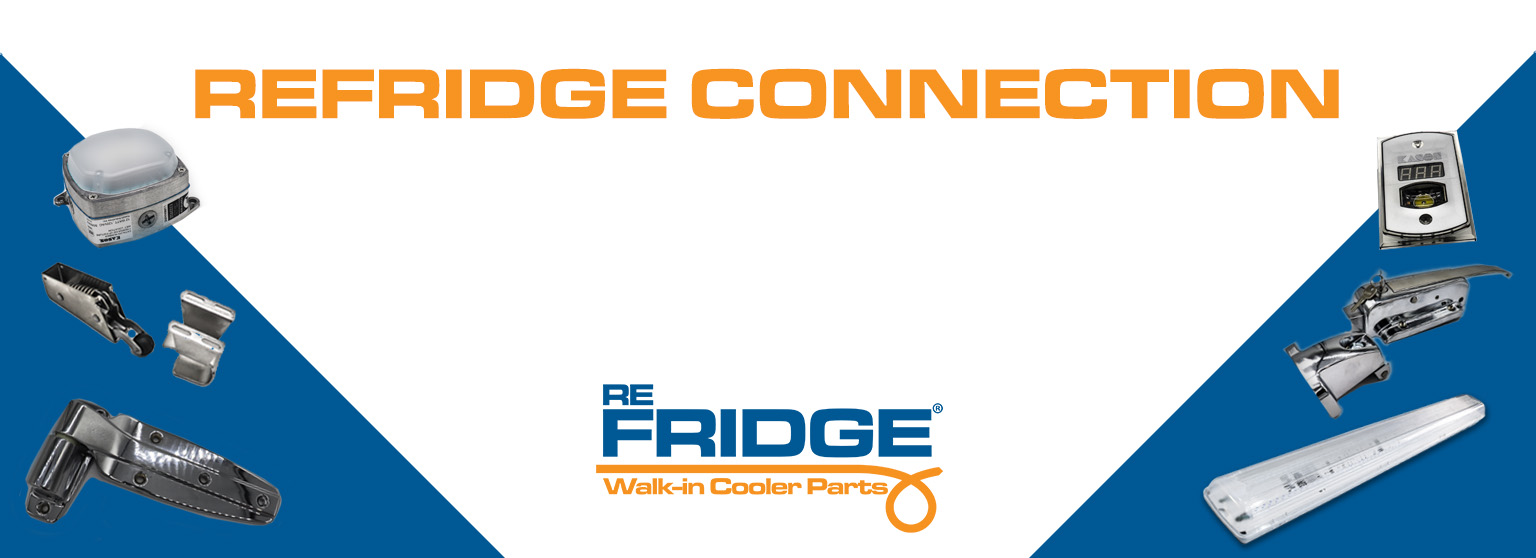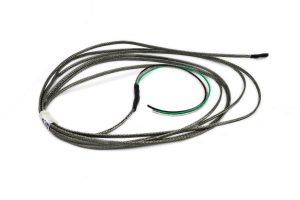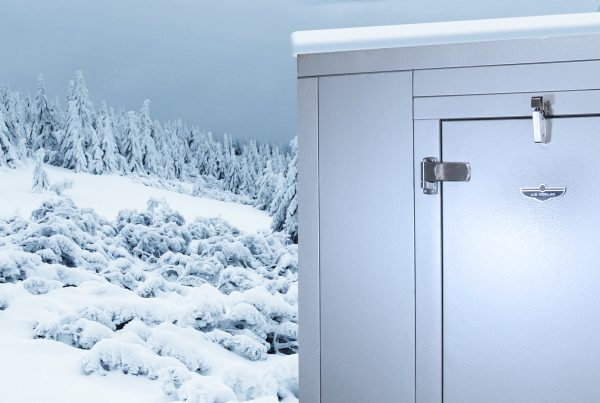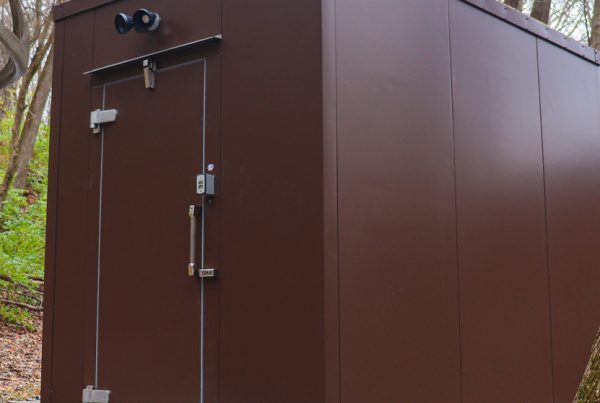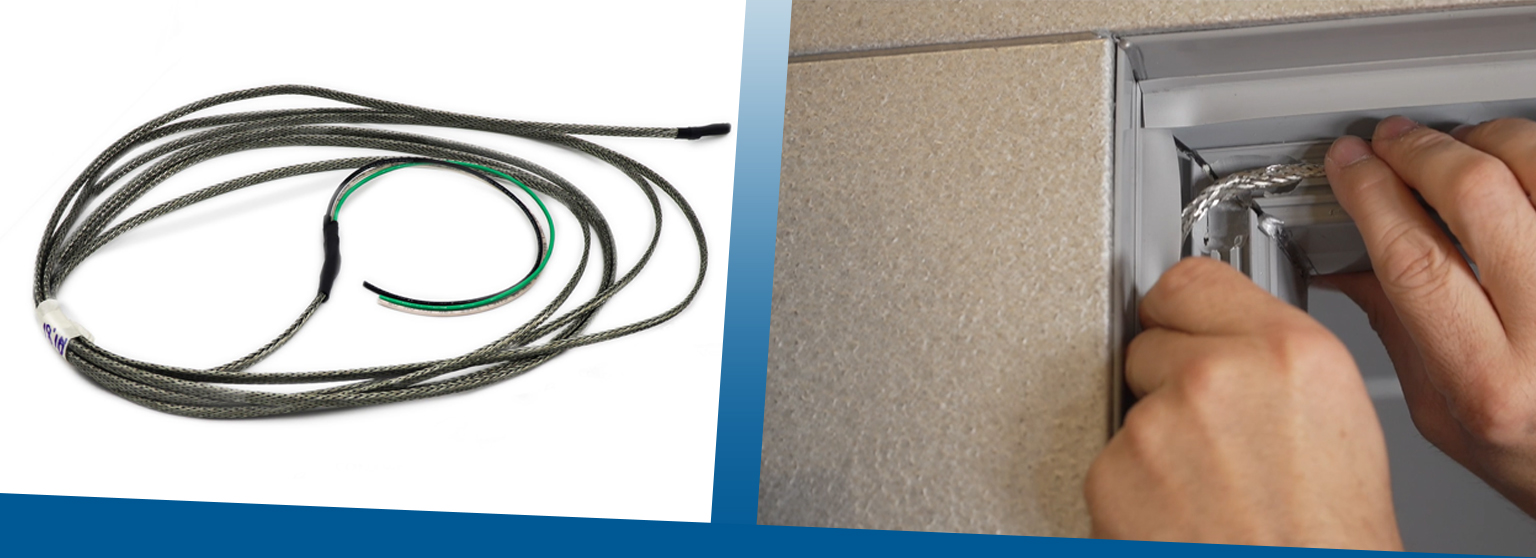
In the realm of walk-in freezers, where maintaining precise temperatures is paramount, a small yet essential component often goes unnoticed: heater wires. These unassuming elements play a crucial role in preventing frost buildup, particularly on freezer doors, ensuring smooth operation and energy efficiency. Let’s unravel the mystery behind heater wires, exploring their function, mechanics, and why they’re indispensable in walk-in freezers like the one found in your standard freezer door.
Understanding Heater Wires
Heater wires, also referred to as heating elements, are specialized conductive components designed to generate heat when an electric current passes through them. In the context of walk-in freezers, they serve a specific purpose: preventing the formation of frost on surfaces such as freezer doors. Frost buildup can impede the proper sealing of doors, leading to energy loss and potential damage to perishable goods stored inside.
Not all heater wires are compatible with every walk-in cooler. It’s important to get heater wires specific to your walk-in cooler’s manufacturer.
Functionality in Walk-in Freezers
The function of heater wires in walk-in freezers is straightforward yet vital. Here’s how they work:
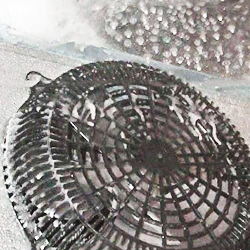
1. Frost Prevention: Heater wires are strategically placed along the edges of freezer doors, where frost accumulation is most likely to occur. When activated, they generate heat, raising the temperature of the door surface slightly above the dew point, preventing condensation and frost formation.
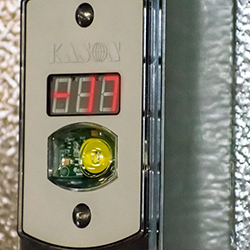
2. Self-Regulating Mechanism: The heater wires featured in your standard freezer door come with a self-regulating feature. This means that as the temperature increases, the electrical resistance of the wire automatically adjusts, preventing overheating and ensuring optimal performance without the need for external control devices.
Mechanics of Heater Wires
Now, let’s delve into the mechanics of how heater wires operate:
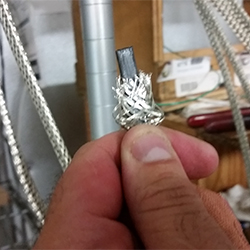
1. Conductive Material: Heater wires are typically made from materials with high electrical resistance, such as nichrome or stainless steel. These materials exhibit excellent heat-generating properties when current flows through them.
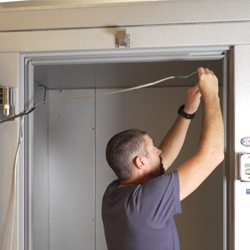
2. Self-Regulating Technology: The heater wires utilized in walk-in freezers like freezer doors often incorporate self-regulating technology. This technology relies on the intrinsic properties of the heating element to adjust its resistance in response to changes in temperature. As the temperature increases, the resistance of the wire also increases, limiting the amount of heat generated and preventing overheating.
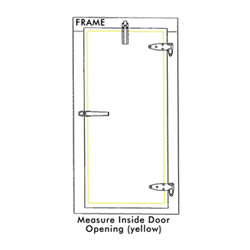
3. Even Heat Distribution: To ensure uniform heating and efficient frost prevention, heater wires are designed to distribute heat evenly along the surface of the freezer door. This prevents localized hot spots and ensures consistent performance across the entire area.
Conclusion
Heater wires may seem like simple components, but their role in walk-in freezers is critical for maintaining optimal conditions and preserving perishable goods. By preventing frost buildup on freezer doors, they ensure efficient operation, energy savings, and product integrity. Understanding the function and mechanics of heater wires provides insight into their importance and underscores their indispensable role in walk-in freezers technology. So, the next time you open your freezer door and find it frost-free, remember to appreciate the silent work of the heater wires keeping everything running smoothly.
